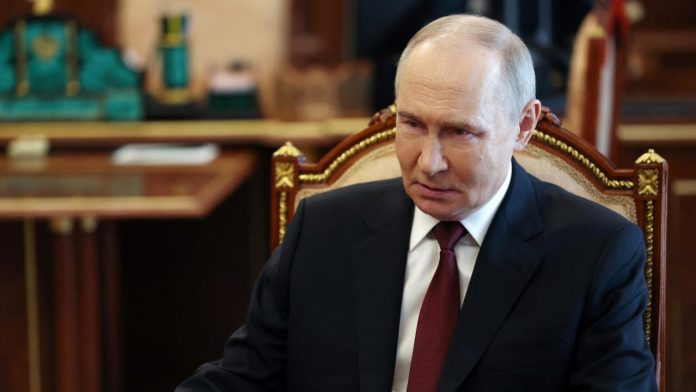On 19 April, Russian President Vladimir Putin declared a temporary ceasefire in Ukraine to coincide with Orthodox Easter. The truce will begin at 18:00 on 19 April and continue until midnight on 21 April, Moscow time.
Putin made the announcement during a Kremlin meeting with Valery Gerasimov, Chief of the General Staff. He instructed Russian forces to halt all combat actions during this period, assuming Ukraine does the same. The Russian Ministry of Defence confirmed it had issued orders to military commanders operating in the conflict zone.
According to Putin, the ceasefire aims to demonstrate goodwill and humanitarian intent. At the same time, he stressed that Russian troops must remain ready to respond to any violations or provocations.
Ukraine responds with caution
Ukrainian President Volodymyr Zelensky reacted cautiously. He stated that Ukraine would mirror Russia’s actions—silence in response to silence. However, he also pointed out that certain front-line areas remained active, with drone strikes and artillery still taking place.
Despite concerns, Zelensky offered to extend the ceasefire by 30 days, provided both sides maintain full silence. In his view, such an extension could help build mutual trust and support future peace talks.
International reactions and broader context
Meanwhile, Russia and Ukraine conducted a large-scale prisoner exchange during the ceasefire window. With the United Arab Emirates acting as mediator, both sides released 277 individuals. Among them were injured troops who received medical attention after their return.
Western leaders responded with caution. The European Commission emphasised the need for real action rather than words. The UK Foreign Office also urged Moscow to commit to a lasting ceasefire, not just a short-term pause.
Additionally, US media outlets reported that President Donald Trump might consider recognising Crimea as part of Russia in a potential peace deal. While controversial, this idea reflects ongoing international discussions about resolving the conflict.
The ceasefire also comes as the war reaches its fourth year. According to Putin, this pause could test Kyiv’s willingness to engage in meaningful negotiations.
Although the situation remains tense in some regions, the truce introduces a chance—however limited—for both sides to pause and potentially shift toward dialogue.
